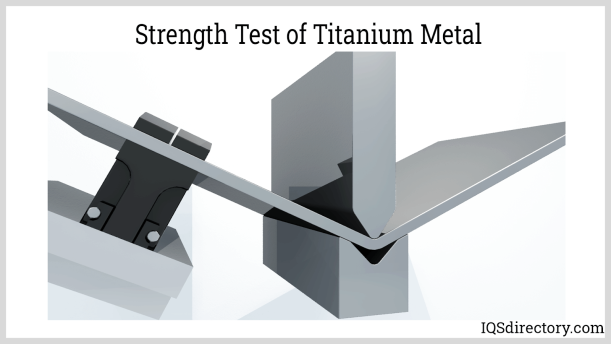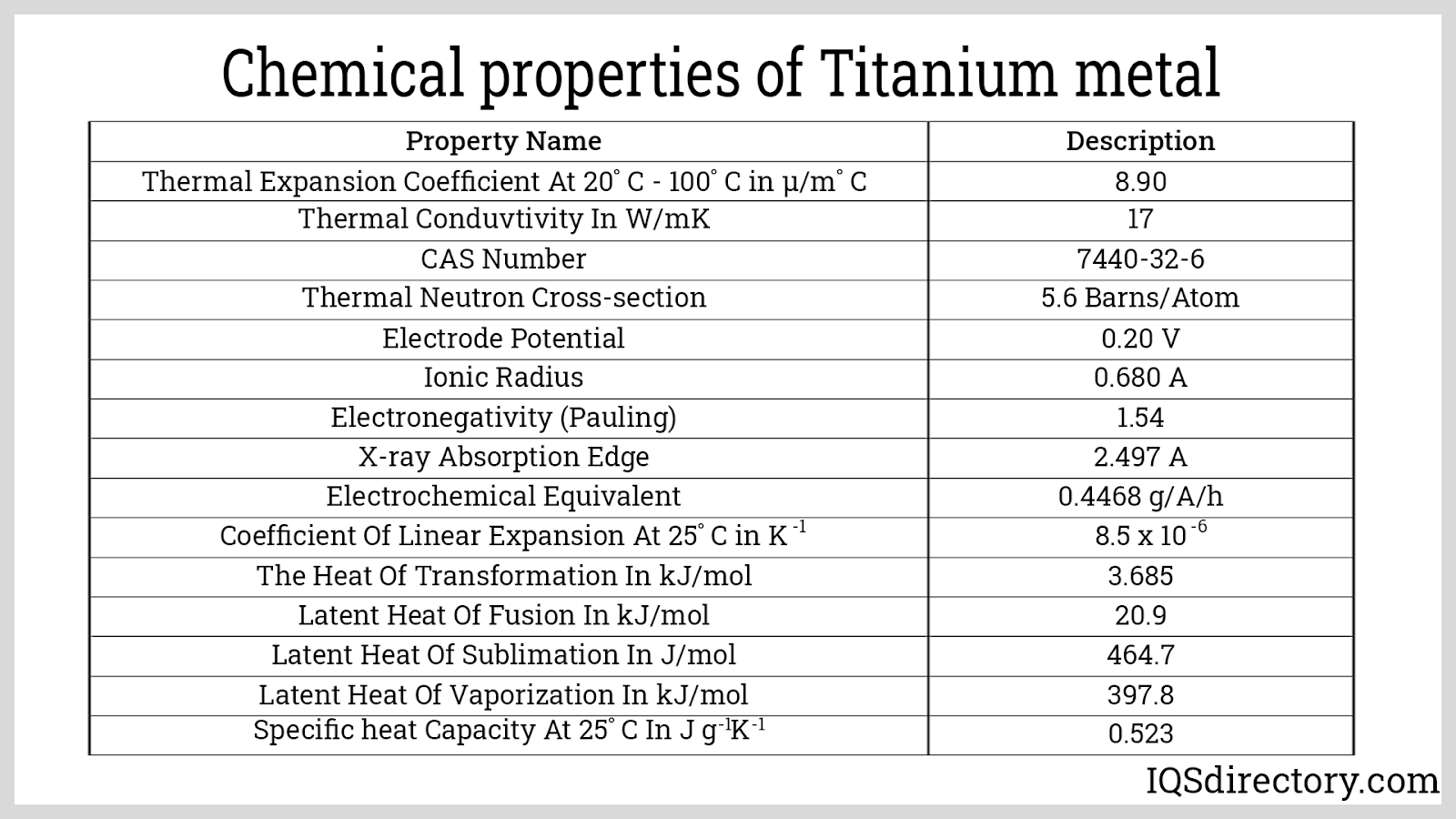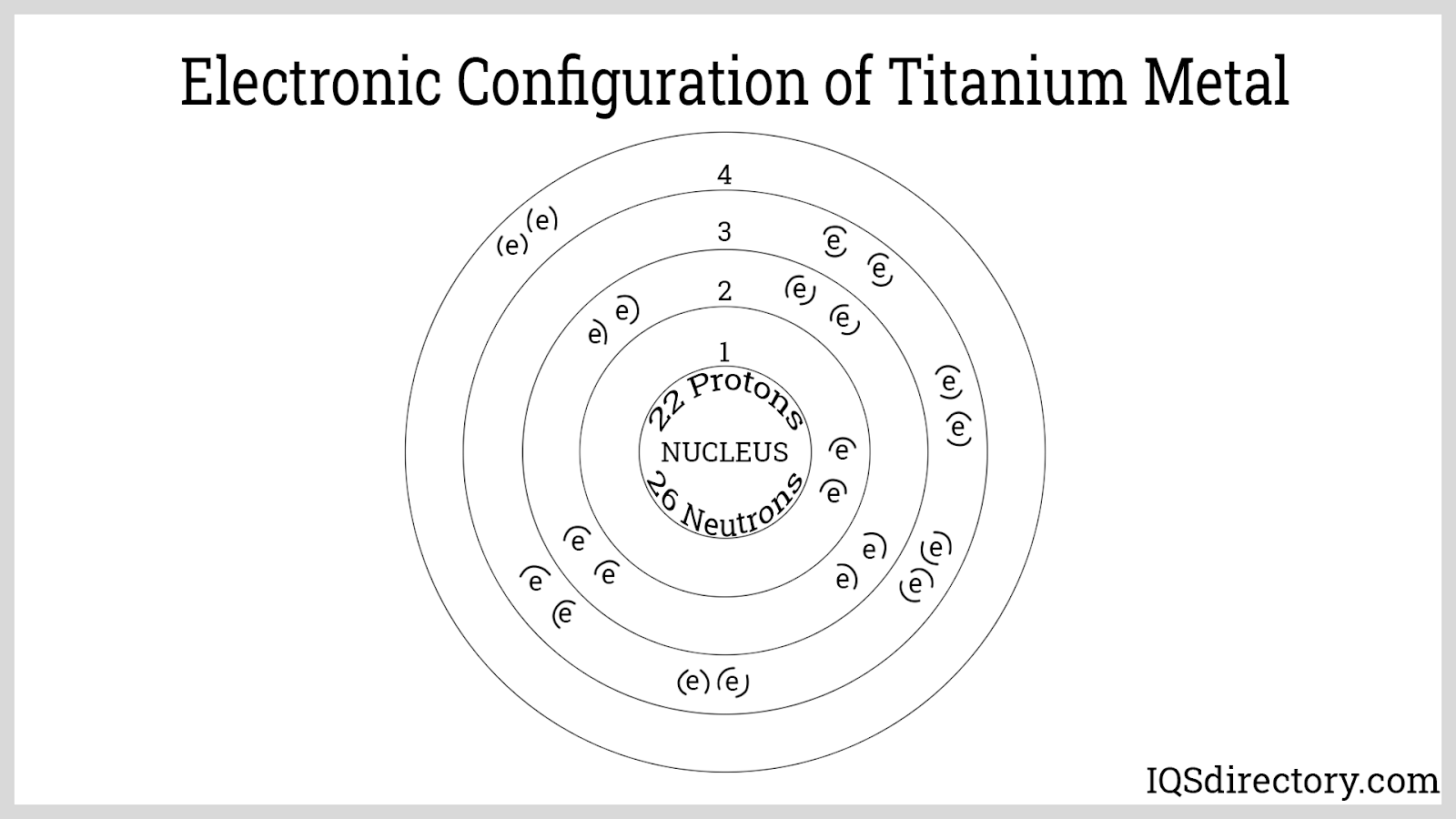The breaking resilience of a real solid is determined by the characteristics of the imperfections contained in the solid rather than by interatomic forces. A solid must be extremely strong to resist plastic generation and fragile rutting. A single material cannot typically withstand both types of failure. Ikeo, Nishioka & Mukai 2018 state, that solid metals are designed to have a low plastic elastic modulus. It is possible to create modern solid composite materials with brittle materials and a fibrous microstructure to stop crack propagation. The strength of a material determines its classification.
Materials’ mechanical characteristics are ascertained by their chemical composition and inner workings, such as particle sizes or crystalline structure. Because of the reshuffling of the inner structure, the production process can significantly impact mechanical properties. Some physical properties, such as density and electrical, may be affected by metalsmithing procedures or thermal treatment, but the consequences are usually minor (Ikeo, Nishioka & Mukai, 2018). When multiple alloys meet the service conditions, mechanical and physical properties are essential in determining which alloy is suitable for a given application. The strength of materials is determined using the following equations;
Stress normal: it is the ratio of applied load to the cross-sectional area of the tension element. It is expressed in kg/mm2
Stress = load / (cross – sectional area)
Strain normal: it is defined as a measure of a dimensionless material.
Strain = change ∈ load lenght / original lengh
Tensile Strength
Tensile modulus is the capacity of a substance to sustain the strain. It considers how much strength is necessary to expand or pull anything apart in other utterances (Islam & Rashed, 2019). A low tensile and flexural substance would pull apart more conveniently than a high tensile substance.
Compressive Strength
The ability of a material to sustain compression is referred to as compression strength. An external force applies pressure to a material to assess strength properties to see how well it overcomes a size reduction. The Mohs Hardness Test is a generally recognized compression test (Islam & Rashed, 2019). The test employs a scale that ranks mineral deposits from 1-10 or softest to hardest.
Yield Strength
The ability of a material to sustain structural failure or flexing is referred to as yield strength. It is a method of determining the elastic modulus of a particular substance. A flex test is typically used to determine this, in which two ends of a beam and strain are implemented (Islam & Rashed, 2019). The goal is to determine how much strain is required to surpass the substance’s yield point or the juncture where the substance will not return to its original structure after the stress is removed.
Impact Strength
The ability of a material to endure a setback without rupturing or fracturing is referred to as impact strength (Islam & Rashed, 2019). It is a tool for estimating the maximum amount of energy that a substance can dissipate through effect.
Comparing Strong Metals
Because various factors determine the resilience of metal, there is no simplified solution to the issue, “What is the strongest metal?” Instead, some metals are considered the strongest metals (Ali et al., 2018). Carbon steel, Chromium, Inconel, Stainless steel, Titanium, Tool Steel, and Tungsten are the most robust materials. With the various types of resilience described above, it is convenient to see why selecting the most robust metal is challenging. According to Ali et al. (2018), the difficulty is that determining which material is robust is dependent on the influence of the metal. High yield resilience is critical in some applications, but compressive strength is irrelevant. Acknowledging the implementation is critical for choosing suitable materials. The authors’ further state that is a massive component of why Mead metals prioritize a consultation process relationship with consumers. The discussion is about what a consumer wants and everything they require to do. Individuals propose and often provide the material that best fits a specific system or program with the correct data.
Titanium
Titanium Ti is the 9th greatest constituent in abundance in the earth’s blanket. Although it is not present in huge deposits, a limited portion of Titanium exists in every rock. Moreover, Titanium, a gleaming grey Meta, has a low corrosion rate and high resilience employed in many scenarios. Titanium is the first element in the periodic table, located in D-Block (Kaur & Singh, 2019). It is a transition metal with 22 as its atomic number, implying it has 22 protons and 22 electrons; its atomic mass is 47.867 Daltons (Kaur & Singh, 2019). Due to its electronic configuration, Titanium belongs to period four and group (IV) in the periodic table. Titanium metal’s final two electrons are located in the 4th valence shell, resulting in the arrangement 1s2 2s2 2p6 3s2 3p6 3d2 4s2 (Kaur & Singh, 2019). The above electronic construct describes bonds between the molecules and other attributes of the component.
Occurrence
Titanium is widely disseminated and accounts for 0.44 % of the earth’s mantle. (90%) of Titanium is present in the earth’s crust in ilmenite mineral deposits. The residual Titanium is observed in the minerals Anatase, Perovskite, and others (Kaur & Singh, 2019). These minerals can be found in soil, stones, and clay minerals as compounds. It can be obtained from plants, freshwaters, living creatures, stars, meteoroids, and others.
Oxidation States and Isotopes
Five steady titanium isotopes exist in nature; Titanium-46, 47, 48, 49, and 50. Furthermore, Titanium-48 is the most abundant isotope of titanium metal, accounting for approximately 74% of natural element abundance (Kaur & Singh, 2019). Additionally, there exist 21 titanium radioisotopes researched in the present day. Titanium-44, 45, 51, and 52 are the most stable tungsten element isotopes. Each of the above 4 stable radioisotopes have a unique half-life (Kaur & Singh, 2019). Titanium-44 has 63 years as the half-life, and titanium-51 has 5.76 minutes. Moreover, titanium-52 has 1.7 minutes, and titanium-45 has 184.8 minutes.
There are physical parameters that play a significant role in titanium metal strength.
Physical properties
Titanium is less dense with a high resistance to corrosion that is nearly 99.2% pure. It is also impervious to potent liquids like sulfuric acid, moist chlorine gas, and organic compounds. Despite this, tungsten is bound to volatilize in air, and it is the only component that will vaporize when there is nitrogen presence. Titanium metal is a hard material with a 434 MPa tensile load, close to a reduced metal alloy (Kaur & Singh, 2019). With a combination of Titanium and other metallic elements, the composites can yield tensile strengths of approximately 1,400 MPa (Kaur & Singh, 2019). On the other hand, Titanium can lose power at temperatures above 430 o C since it is not hard compared to high steel grades. Furthermore, Titanium is dimorphic and has a hexagonal structure that gradually transforms into a body-centered tray at 880 o C extreme temperature. Additionally, as the dependence temperature of 880 o C is achieved, the specific heat rises dramatically (Kaur & Singh, 2019). On the other hand, the heat capacity becomes consistent when the cubic component. Figure 1 below shows the strength of Titanium metal, while Table 1 shows some physical properties of Titanium.

Table 1.
Chemical properties
The synthetic behavior of titanium metal is very comparable to silica behavior and zirconium. Moreover, Titanium, silica, and zirconium are the periodic table’s first transition levels. Titanium is a Group (iv) element which means it is the middle element. The periodic chart’s configuration of elements demonstrates how the elements are molecularly linked to each other (Kaur & Singh, 2019). Because Titanium is in the center of the table, it has properties that fall somewhere between metals and nonmetals. When exposed to the atmosphere, titanium metal, and its composites, for instance, undergoes oxidation instantly. Titanium begins to respond with the ions of oxygen rapidly at approximately 1,200 degrees Celsius (Kaur & Singh, 2019). Moreover, Titanium metal can show similar actions at 610 o C temperature when pure oxygen exists.
Titanium becomes a unique corrosive environment due to this protective layer, almost as efficient as platinum. When subjected to concentrated acids, it can erode. Titanium is very reactive thermo-chemically because of its deleterious oxidation state, and it ignites in the ambiance at temperatures lower than its decomposition temperature (Kaur & Singh, 2019). Even though it consumes hydrogen, at 550 o C, it can respond with chlorinated water and incorporate other halogen gases. Titanium can only dissolve in a chemically inert environment. Titanium’s thermophysical properties prevent it from melting under normal circumstances because it deteriorates much more responsive at higher temperature ranges and bursts into flames if oxidation particles are present in its surroundings (Kaur & Singh, 2019).
Titanium is a transition metal with chemical properties similar to chrome and vanadium, particularly in lower valence states. Several affirms of oxidation exist, including 2+, 3+, and 4+ (Kaur & Singh, 2019). The oxidation state 4+, is the most balanced. Ore of Tungsten reacts with moisture to produce oxide emissions and hydrogen. By solid-solution hardening, antimony can increase the strength of Titanium by up to 10% (Kaur & Singh, 2019). The broad sense of toughness, resilience, and ultimate tensile correlation in these alloys is similar to that observed in many elevated and marketing titanium test scores. Figure 2 and 3 shows the chemical properties of Titanium and the electronic configuration respectively.


Tungsten
Tungsten is a unique material, almost wholly found in substances with other elements. It was unearthed as a new variant in 1781 and separated for the first period as a metal in 1783. According to Fu et al. (2021), Scheelite and wolframite are among the primary tungsten ores, both of which give the component its other name. The complementary element is notable for its toughness, mainly because it has the melting temperature of any element unearthed, except carbon with a melting point of 3,422 °C. Additionally, tungsten has the highest thermal conductivity, with 5,930 °C extreme temperatures (Fu et al., 2021). It has a 19.25 grams per cubic centimeter density, which is significant compared to gold and Uranium, but much higher than lead; it is approximately 1.7 times.
Polycrystalline Tungsten is an inherently brittle and tough substance, finding it challenging to operate with (Fu et al., 2021). On the other hand, pure tungsten single-crystalline is more resistant to corrosion. Furthermore, the single-crystalline can be cut with hard cutting materials. Tungsten can be found in various alloys used in various implementations, including conventional incandescent bulbs filament, X-ray tubes, magnesium alloys, and sheltering from radiation (Fu et al., 2021). Tungsten is well suited for military uses in permeating fireballs because of its toughness and high concentration. Tungsten substances are frequently employed as catalyst support and are the only material in the third change metal occurring in biomolecules, with a few strains of bacteria and archaea containing it. On the other hand, tungsten interacts with copper and molybdenum metabolic activity and is poisonous for many animal lives.
Occurrence, properties, and uses
Tungsten concentrations in the upper mantle are approximately 1.5 parts/million total. China marks the world’s leading tungsten producer, accounting for more than 80% of total mined tungsten in 2016 and holding approximately 66% of the global resources. The remainder is produced primarily by Vietnam, Russia, Canada, and Bolivia (Fu et al., 2021). Tungsten ores are centered using magnetic and mechanical mechanisms before fusing with alkali metals. The crude melts are soaked in water to form sodium tungstate solutions, from which hydrous tungsten trioxide is induced on acidification, and the substrate is dehydrated and reduced to a material with hydrogen.
Tungsten is a comparatively effective and safer attack, except for combinations of concentrated sulphuric and hydrofluoric acids. Alkaline oxidation reaction softens, including fused blends of sodium peroxide and sodium nitrate; soluble alkaline solutions; it is unreactive to oxygen at room temperatures but freely incorporates it on high heat to form trioxides. Additionally, halogen threatens it at ambient temperature to form hexafluorides (Fu et al., 2021). The luster of tungsten metallic elements ranges from copper to grayish. Tungsten melts at 3,410 °C, the greatest tensile resolution at more than 1,650 °C extreme temperatures, and the lowest linear expansion coefficient (4.43 106 per °C) (Fu et al., 2021). At ambient temperature, tungsten usually is brittle. Additionally, it is possible to make pure tungsten ductile by physically collaborating at high temperatures and attracted into fragile wire.
Tungsten was first used industrially as a lighting filament substance and has since been used in various electrical and electronic implementations. It is used to make hard dies, instruments, test equipment, and pieces in the form of tungsten carbide. Much tungsten is used in the production of titanium metals, and some of it is used in the aircraft industries to produce jet engine injector gullets and slash re-entry surface irregularities. Tungsten is composed of five stable isotopes: tungsten-182 (26.50%), tungsten-186 (30.64%), tungsten-184 (30.64%), tungsten-183 (14.31%), and tungsten-180 (0.12%) (Fu et al., 2021). Tungsten crystallites are angular and muscle cubic, based on X-ray assessment. Cold-rolling is a technique for achieving room-temperature elastic properties in commercial purity single unified tungsten. Moreover, lowering the rolling temperature raises the capacity and ductility of tungsten. As a result, cold-rolling is a method of overcoming the strength–ductility trade-off.
In conclusion, materials with high strength have imperfect characteristics contained in a real solid. The research has clearly shown that resisting plastic generation and fragile rutting requires an extremely strong solid. Usually, a single material cannot withstand both types of failure. Furthermore, strong metals are made with a low plastic elastic modulus in mind. The research has as well shown that modern solid composite materials with brittle materials and a fibrous microstructure are designed to stop crack propagation are possible.
References
Ali, J., Wang, H., Ifthikar, J., Khan, A., Wang, T., & Zhan, K. et al. (2018). Efficient, stable, and selective adsorption of heavy metals by thio-functionalized layered double hydroxide in diverse types of water. Chemical Engineering Journal, 332, 387-397. Web.
Fu, T., Cui, K., Zhang, Y., Wang, J., Shen, F., & Yu, L. et al. (2021). Oxidation protection of tungsten alloys for nuclear fusion applications: A comprehensive review. Journal Of Alloys And Compounds, 884, 161057. Web.
Ikeo, N., Nishioka, M., & Mukai, T. (2018). Fabrication of biodegradable materials with high strength by grain refinement of Mg–0.3 at.% Ca alloys. Materials Letters, 223, 65-68. Web.
Islam, T., & Rashed, H. (2019). Classification and Application of Plain Carbon Steels. Reference Module In Materials Science And Materials Engineering. Web.
Kaur, M., & Singh, K. (2019). Review on Titanium and Titanium-based alloys as biomaterials for orthopedic applications. Materials Science And Engineering: C, 102, 844-862. Web.